Professor recalls near-death experience
September 25, 2014
One minute he was gathering snow. The next he was falling 70 feet down a crevasse facing almost certain death.
During a research trip to Nepal in May, John All, an associate professor of geography, not only beat the odds and survived the fall, he also captured it all on video.
All traveled to Nepal with his team to research climate change, specifically how fast glaciers are melting. From the beginning, All’s research had setbacks.
His team originally planned to do research on Mount Everest, but an avalanche in April killed 16 people, including a good friend of All’s.
Since the team was on a tight deadline to beat the monsoon season and had substantial funding to do the research, All said they made the decision to move the research to Mount Himlung.
“We knew we had to get our data done in the next week or two, so we were really rushed,” he said.
After the avalanche, All was left with two other climbers on his team to join him on Mount Himlung. One of them felt sick, so the other accompanied her down to the base camp to recover, leaving All alone with just his tent and supplies.
Without anyone to travel with him, All left to gather snow for drinking water and to collect samples for his research. In an instant, he found himself crashing down a crevasse. During the fall, he broke 11 bones, including his right arm and some of his ribs.
“I instantly knew what it was, and I instantly knew I was dead,” All said.
In spite of those thoughts, All decided to record what may have easily been his last moments alive. In the video, All, who can be seen with blood dripping down his face, shows the inside of the crevasse and how much further he could have fallen.
“Thankfully I didn’t keep falling,” he said in the video while recording the abyss that he just narrowly avoided.
Even though All had survived the fall, getting out would prove just as improbable.
All used his ice axe to begin crawling out of the hole. With all of his broken bones and internal bleeding, All could only slowly make his way out of the hole. It took him around five hours to get out of the crevasse, and another three hours to get back to his tent.
“I just had to stop and rest a lot,” he said.
For every bit of luck of surviving and making it back to camp, All still had several hurdles to overcome to survive.
That morning, All had not had any breakfast or water prior to falling down the 70 foot hole. After he made it back to his tent, he couldn’t even open the water bottles due to his broken arm.
All still had to find some way to get help off the mountain. He used his satellite phone to send a status to Facebook asking to send a helicopter rescue team.
It would take 19 hours for the rescue team to retrieve All. As he laid in the tent waiting overnight, All was contacting friends and family over his satellite phone.
“They were telling me not to go to sleep,” All said. “I’m just laughing. With all this pain there’s no way I’m going to sleep. It’s just not remotely possible.”
By the next day, All was unable to move on his own at all and was already suffering from frostbite. The rescue team was still able to successfully locate and transport him to a hospital in Kathmandu, Nepal.
“It was the longest night of my life,” he said.
For six days, All was forced to wait “in agony” in a hotel room while he waited to get a plane home.
This was also when All started to get international attention.
After uploading the video of his escape online, All received requests for interviews all around the world. While he was recovering in Kathmandu, All showed up in interview appearances ranging from the BBC to the Today Show. Even still, All said he was still in “survival mode.”
“I don’t think I got out of survival mode until I got home and I hugged my girlfriend, and I thought, ‘Okay, I can relax,’” he said.
All is an experienced mountain climber and said he isn’t new to its dangers or to near-death experiences.
All said this time was different because he had to “fight” his way out of it.
“It’s a lot more traumatic than any of those other experiences,” he said.
While All said he will still probably go on future hikes for research, he said this experience gave him a new perspective.
“I definitely appreciate other things in life as well now, too,” he said.
These other things include a renewed focus on local sustainability and environmental causes, he said.
Since coming back to WKU, All said he has received enormous support from the faculty and community.
WKU photographer Clinton Lewis, who has hiked with All in the past as his photographer, said he closely followed the developments surrounding All after he saw his Facebook post.
“I thought it was almost a joke,” Lewis said.
Since getting back on campus, Lewis thinks this experience has been an “eye opener” for All.
“This was a life changing experience for him. He has definitely come back humbled. Whenever you are in the mountains, you are at the will of the mountains,” Lewis said.
Lewis said he thinks the attention All received by the media was outside his normal comfort zone.
“He definitely likes to be a couple steps away from the limelight, but this definitely thrust him toward the greater public,” Lewis said.
As for All’s passion for nature and science, Lewis said All is incredibly “focused and passionate,” especially about understanding climate change.
“John is at the forefront of leading that research and trying to find answers,” Lewis said.
In the end, what All took away from this experience has been to more fully appreciate the brevity of life.
“You’ve only got so many hours in your life and you only get so many chances to screw up, so you really want to take advantage of what you got while you got it,” he said.

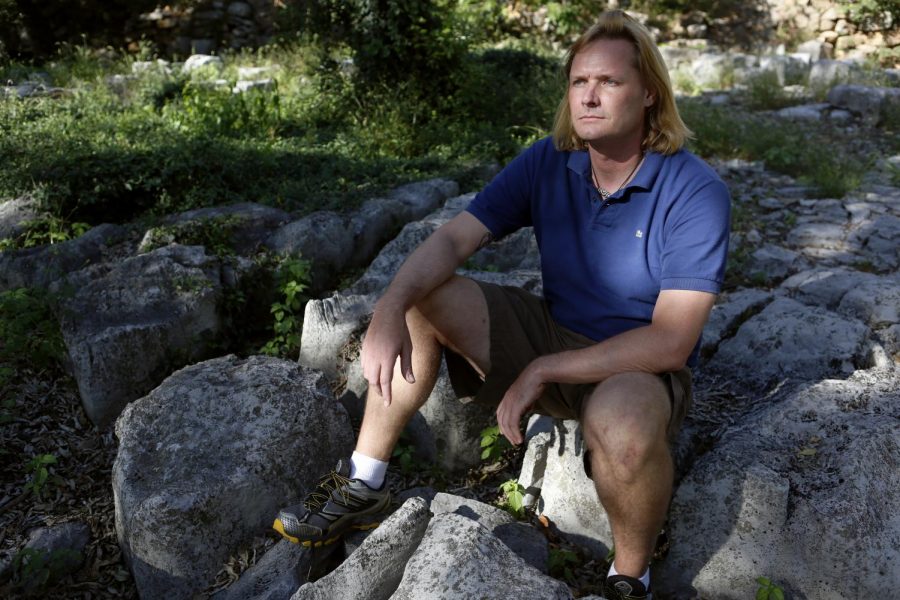








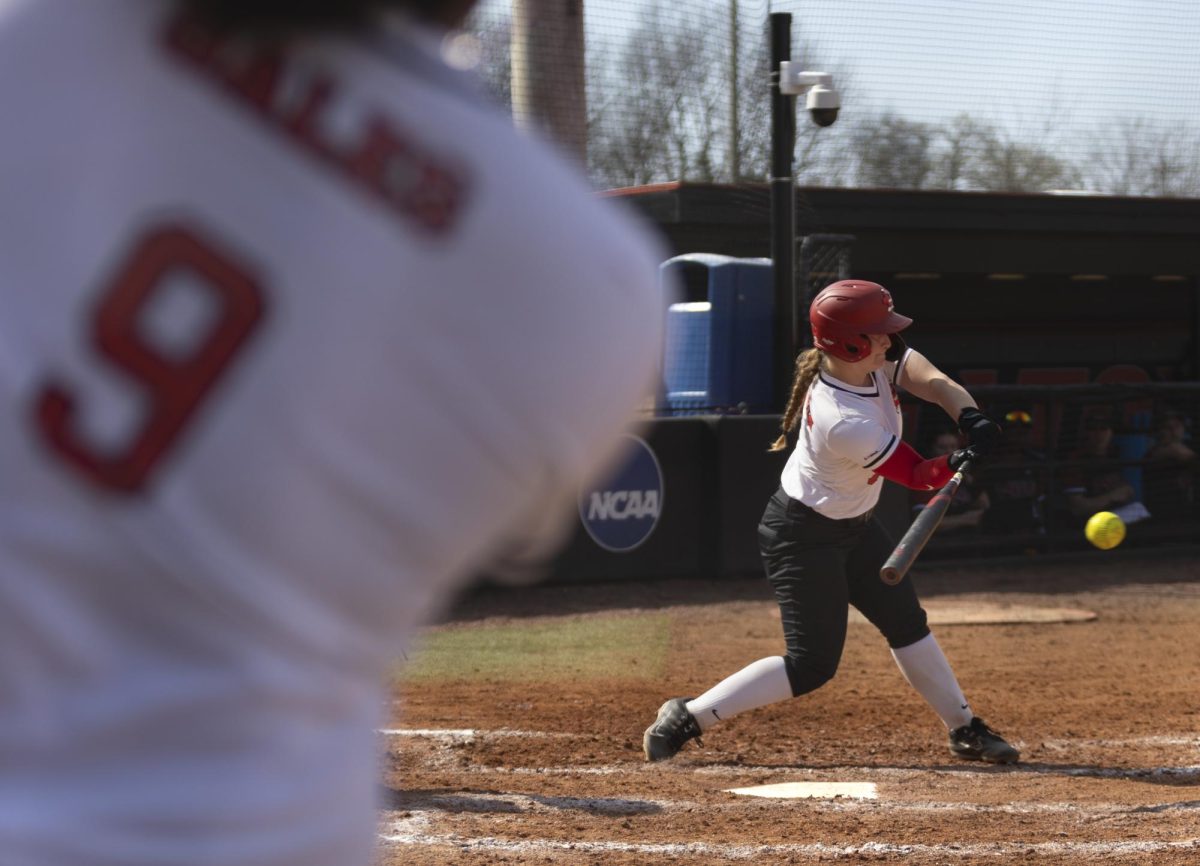
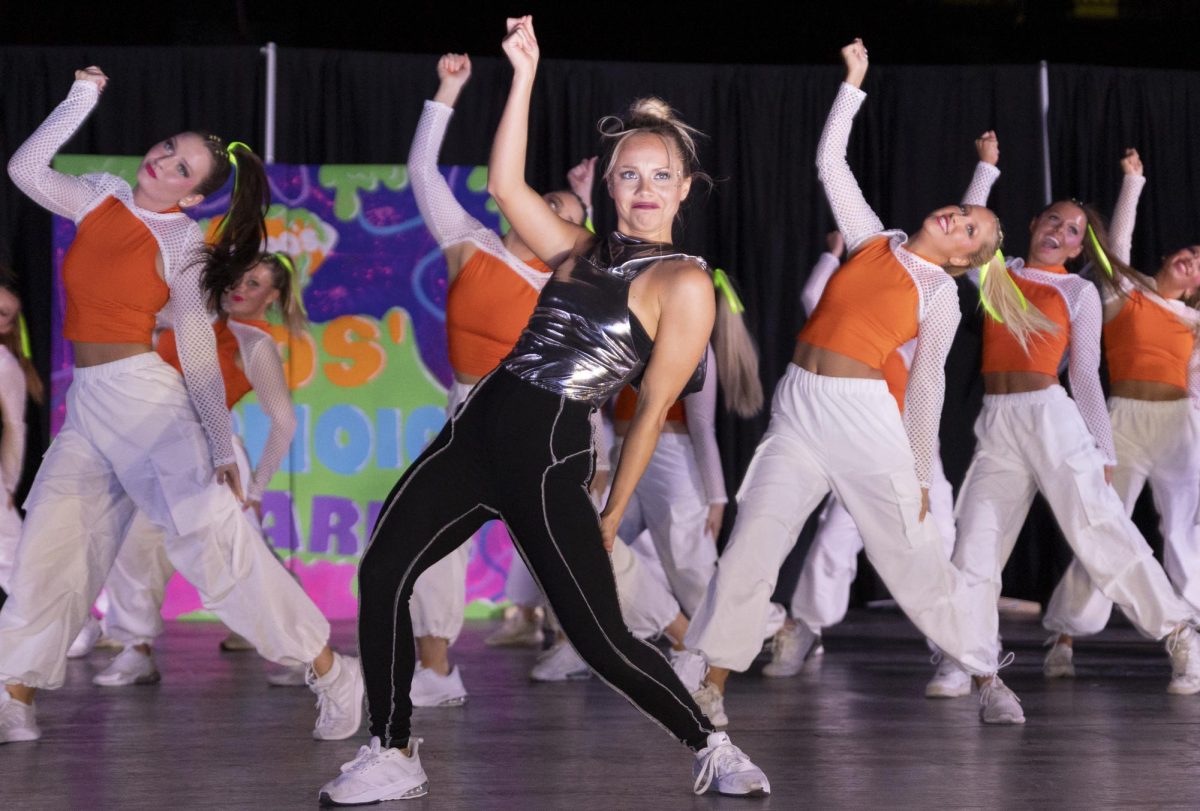

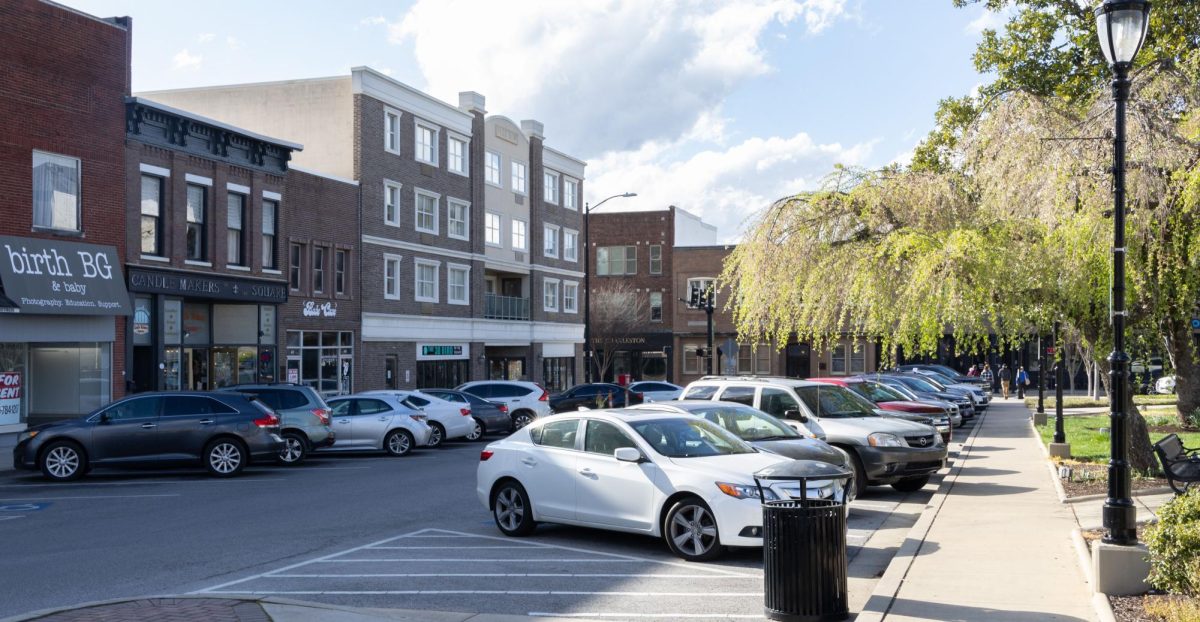
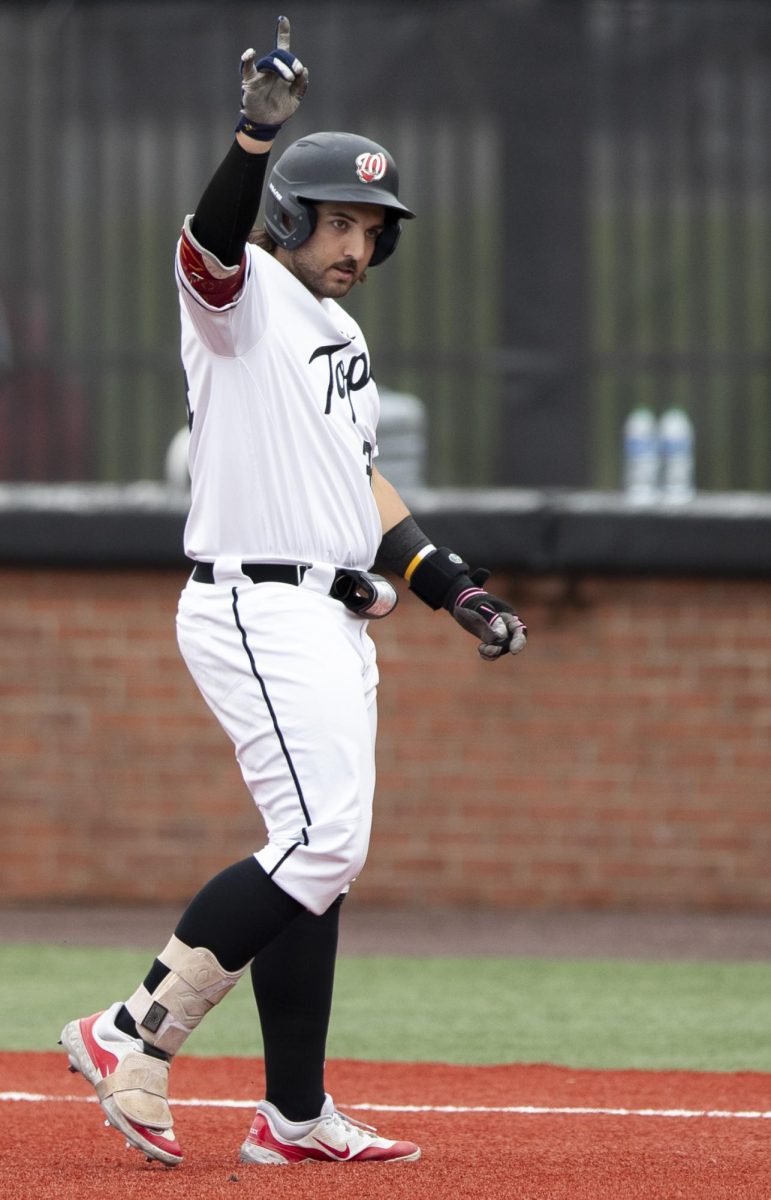





![Megan Inman of Tennessee cries after embracing Drag performer and transgender advocate Jasmine St. James at the 9th Annual WKU Housing and Residence Life Drag Show at Knicely Conference Center on April 4, 2024. “[The community] was so warm and welcoming when I came out, if it wasn’t for the queens I wouldn’t be here,” Inman said.](https://wkuherald.com/wp-content/uploads/2024/04/smith_von_drag_3-600x419.jpg)




